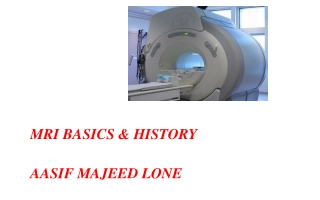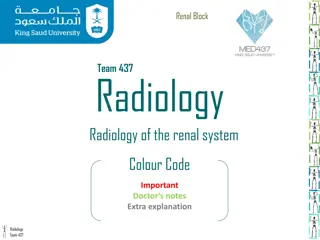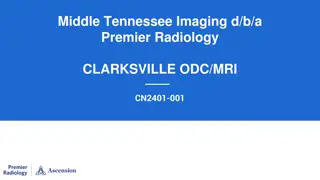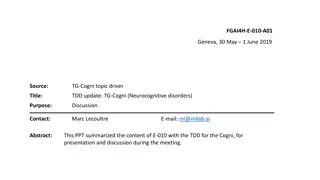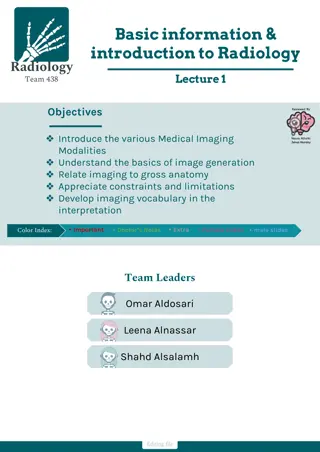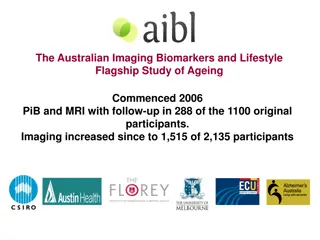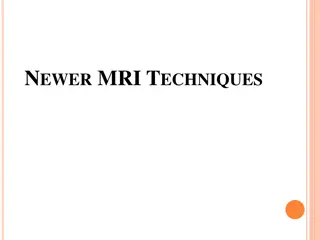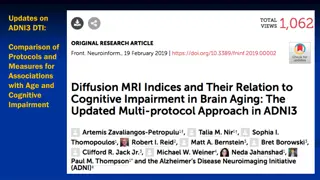Advanced MRI Imaging Study in Neurocognitive Research
This project, led by Dr. Erwin L. Hahn and a multidisciplinary team across various renowned institutes, aims to investigate specific neural mechanisms using advanced MRI imaging techniques. The study focuses on addressing key research questions related to cognitive functions, neuroimaging, and psychology. By formulating precise hypotheses and employing cutting-edge technology, this project seeks to advance our understanding of brain functions and connectivity patterns.
Download Presentation

Please find below an Image/Link to download the presentation.
The content on the website is provided AS IS for your information and personal use only. It may not be sold, licensed, or shared on other websites without obtaining consent from the author.If you encounter any issues during the download, it is possible that the publisher has removed the file from their server.
You are allowed to download the files provided on this website for personal or commercial use, subject to the condition that they are used lawfully. All files are the property of their respective owners.
The content on the website is provided AS IS for your information and personal use only. It may not be sold, licensed, or shared on other websites without obtaining consent from the author.
E N D
Presentation Transcript
Project Title Project Owner: Project Participants: Principle Investigator: 1Erwin L. Hahn Institute for Magnetic Resonance Imaging, Essen, Germany 2High-Field and Hybrid MR Imaging, University Hospital Essen, Germany 3Department of Diagnostic and Interventional Radiology and Neuroradiology, University Hospital Essen, Germany 4Department of General Psychology: Cognition, University of Duisburg-Essen, Duisburg, Germany 5Donders Centre for Cognitive Neuroimaging, Nijmegen, The Netherlands 6Department of Radiology and Nuclear Medicine, Radboud University Medical Centre, Nijmegen, The Netherlands 7Department of Neuropsychology, Ruhr University Bochum, Bochum, Germany 8German Cancer Research Center (DKFZ), Heidelberg, Germany
Background What do we already know about the topic? Why is this project important? What would we learn from it? Provide information regarding project specific own work, if applicable 2
Research Question What is the specific question that will be addressed in this project 3
Aim / Study Objective Describe the aim(s) of this study 4
Hypotheses Provide specific and directed hypotheses NOT: We expect to observe differences between condition A and B. Rather: We expect that the effect of A is associated with increased activity in the xyz cortex and its functional connectivity with xyz. This effect is mediated by differences in individual state anxiety NOT: The colon looks different at 3T compared to 7T. Rather: We expect a greater sensitivity for xyz in 7T compared to 3T. Important: Explain how sensitivity is defined and validated, ideally against a goldstandard. Hypotheses should be provided at the behavioural (if applicable) and neural / MRI level. 5
Design & Materials Who will be studied? How are participants or patients recruited? How many volunteers / patients shall be scanned? (N = XX) Provide evidence for the sample size and an effect size approximation, preferentially based on own pilot data. NOT: Author xyz published nice results in a good journal using 20 participants. Rather: For the main effect of xyz we expect /have observed a behavioural effect of (hedges g = xyz). Ethics: Mention the ethical approval number. 6
Design & Materials Provide information regarding the paradigm Provide information regarding all methods involved e.g. pain application: electrical stimulation (Digitimer) additional measures: physiological data (EDA, pulse oximetry) Provide information about the timing e.g. preparation/questionnaires 10 min, rsfMRI 10 min, task-related fMRI 35 min, etc. Provide detailed information regarding the imaging sequence (protocol) that will be used (e.g. TR, TE, FOV, resolution etc. for fMRI) 7
Think of Gender & Diversity Are gender and/or other diversity dimensions taken into account? Adhere to the DFG s recommendations for gender equality and diversity in research: To what extent are gender and/or diversity of the study participants (humans, animals) relevant in your research project or in your data? How are possible gender and/or diversity-specific differences taken into account: (1) in the research questions, (2) in the development of theory, (3) in the selection of research methods and/or (4) in the collection and analysis of research data? Are differences in the use or applicability of the research results to be expected due to gender and/or diversity? If applicable, please explain how you will take this into account in the project. 8
Data Analysis Describe the outcome variables e.g. Outcome behavioral: recognition performance (d , recollection, familiarity) RTs for categorization task (encoding) Outcome fMRI: SPM12 standard mass-univariate analysis (task-related) connectivity analyses (PPI) as implemented in SPM12 resting state analysis 1-2 publications in peer reviewed journals (Journal of Neuroscience, Cortex, MRM, Neuroimage, etc.) 9
Required Resources & Funding Required resources start date: xy hours of 7T scanning time (add short calculation e.g. YY volunteers x scan time per volunteer, plus ZZ patients) Which RF Coils? Single-channel or 8-channel transmit mode? fMRI rack? MTRA? Additional equipment? end date: Funding for scanning time DFG / BMBF / EU, etc. IFORES in progress 10



